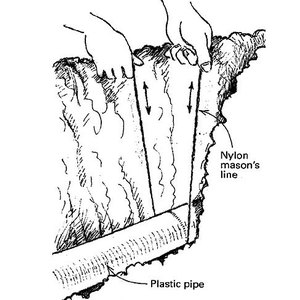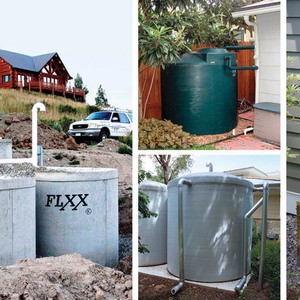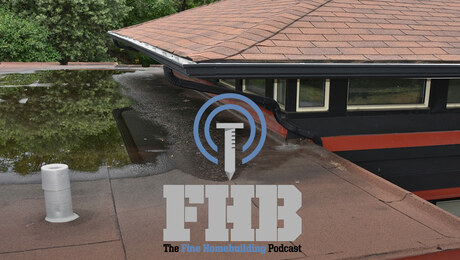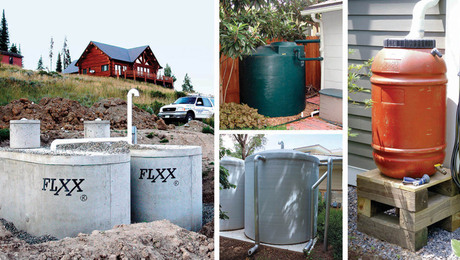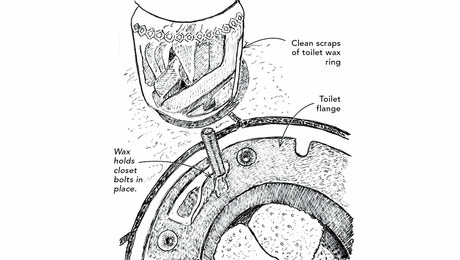
I did a double take when I read that Niagara Conservation’s new Stealth toilet uses 0.8 gal. (3 liters) per flush (gpf). My first thought was that the Stealth had to be a dual-flush model that uses 0.8 gpf for the half-flush like many other models, but no—it really uses only half the water per flush of the standard EPA-maximum 1.6-gpf toilet. Niagara has essentially leapfrogged the EPA’s new voluntary 1.28-gpf “high-efficiency toilet” (HET) standard promoted through its WaterSense program and introduced the first non-pressure-assisted “ultra-high-efficiency toilet” (UHET).
I was less concerned with how the Stealth works than how it performs—and it performs just fine. It works as well as most of the 1.6-gpf toilets I’ve used, and better than some. The Stealth has a fast, complete, and fairly subdued flush; as quiet as most 1.6-gpf models and a lot quieter than pressure-assisted toilets. The water spot and depth in the bowl is average or slightly smaller than what you’ll find in 1.6-gpf models, but it seems adequate.The clockwise-directed flush gives the entire bowl a good rinse.
The Stealth has a standard two-piece design and installs like any conventional toilet with a wax ring and horn set for a 12-in. rough-in, flange bolts, and a standard water-service connection.
The fill valve is a Fluidmaster 400, so replacements are easy to find. The flush valve is activated by pushing a button recessed into the tank lid. Niagara makes the Stealth in both round and elongated bowl styles. The round-bowl seat height is about 17 in. off the floor, and the elongated is about 18 in., following the trend by many toilet makers for taller, ADA-compliant toilets.
But the Stealth’s secret lies in how it works. The Stealth uses an innovative flush-valve design engineered by a Canadian company, Hennessy & Hinchcliffe. If you look closely at the side of a Stealth, you’ll notice a small tube cast in the base leading from the tank flange to the trapway. The flush valve manages air volume, pressure, and vacuum through this tube. During the refill cycle, incoming water pushes air through the tube, displacing some of the water in the trap and thereby requiring less water to refill the bowl. During the flush cycle, air is evacuated through the tube, creating a vacuum that helps to siphon water out of the bowl while the flush water pushes. Some plumbing pros expressed concern about “drain-line carry” (the effectiveness of a toilet flush in carrying waste down the pipe) in the early 1990s when the EPA introduced the 1.6-gpf requirement.
Some are raising concerns again as more 1.28-gpf toilets are introduced, so it’s likely Niagara will get an earful about the Stealth’s using only 0.8 gpf. The configuration of my drains is probably worst-case for an ultra-low-flow toilet, but I scoped the cleanout after using the Stealth for three weeks, and there was no evidence of solids left in the pipe.
One glitch showed up about two months after installation: Two short, black lines appeared in the bowl. After review by Niagara, the conclusion was that the marks were tiny glazing fractures, probably the result of repackaging and not a production flaw. After a few emails and phone calls with technical staff, I learned the problem is isolated and hadn’t surfaced in any of the more than 100,000 toilets out there. During the process, I also learned that the company takes customer service very seriously.
We’ll see how the Stealth flush valve holds up. So far, it has solved one problem I had with the old toilet the Stealth replaced: flapper chain hang-ups.
List price for the Stealth is $399, so you can expect to pay a little less on the street. In Canada, Water Matrix (www.watermatrix.com) offers the toilet under the Proficiency model name.



